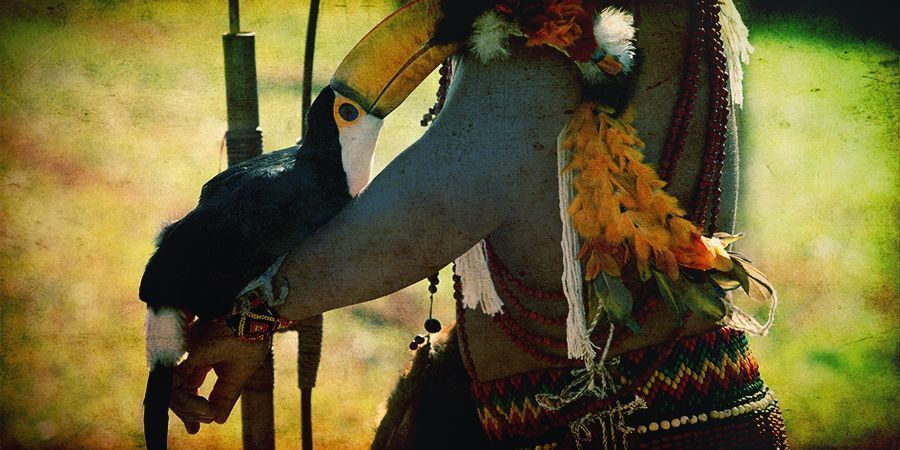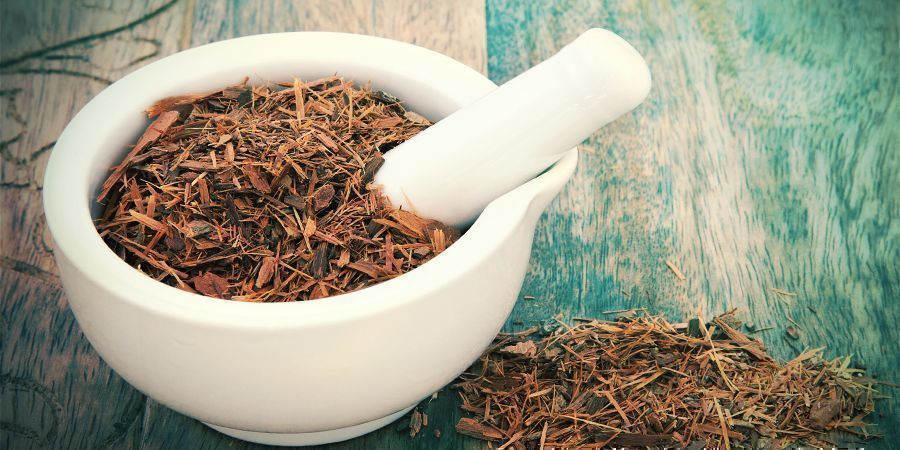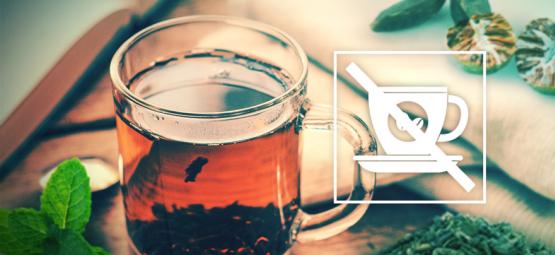Catuaba: Everything You Need To Know
WHAT IS CATUABA?
Catuaba is the name given to an infusion made using tree bark. The taxonomic history of the preparation has eluded botanists and researchers for decades. The bark used in the drink derives from multiple different trees, as opposed to a single species. Brazilians use the beverage for numerous purposes, particularly for an energy boost and before climbing into bed with a partner.
Brazilian harvesters speak of two primary species used to obtain catuaba bark—"small catuaba" and "big catuaba". Identified as Erythroxylum catuaba, small catuaba grows as a small tree that produces orange and yellow flowers and dark yellow, inedible fruit. The relatively low-lying tree reaches a height of 2–4m.
In contrast, “big catuaba”—Trichilia catigua—belongs to the mahogany family and ascends to a height of 6–10m. The tree blooms cream-coloured flowers. Researchers have examined samples of the bark and so far identified several chemical constituents, including:
• Omega-phenyl alkanes
• Omega-phenyl alkanoic acids
• Omega-phenyl-gamma-lactones
Botanists have also identified Erythroxylum vacciniifolium as a component of catuaba in some formulas. Researchers have found this plant to contain a class of tropane alkaloid called catuabines. These include catuabine A, B, C, and D.
Other trees also fall under the umbrella term of catuaba, but the two mentioned here are the primary species used in Brazilian herbal systems.
HISTORY OF CATUABA

Catuaba means “what gives strength to the Indian” in the native Guarani language. Indigenous cultures have a long history of using the herbal formula to raise energy levels and increase sexual desire. Historians suggest that the Tupi people of Brazil first attributed these effects to the natural preparation.
Passed down over generations and into modern Brazilian culture, current herbal systems in the country still harness catuaba for similar uses. Now recognised all over the world, herbalists in Europe and the United States also use catuaba for the active chemicals found within.
EFFECTS OF CATUABA

Science has yet to unlock the secrets held within catuaba bark. Researchers still need to properly probe the herb, and only human trials will determine any consistent and quantifiable mechanisms. The effects attributed to the blend stem from anecdotal accounts and traditional use.
The most common claim regarding catuaba revolves around sexual drive and arousal. Users often speak of improved libido, suggesting catuaba might be an effective herbal tool for ramping things up in the bedroom. Catuaba also appears to soothe sensations of nervousness, which might be another reason why it helps before getting intimate. The formula may help swap out tension for mental relaxation.
- (2017/03/01). Trichilia catigua: therapeutic and cosmetic values - ScienceDirect - https://www.sciencedirect.com
- Campos, Maria M., Fernandes, Elizabeth S., Ferreira, Juliano, Santos, Adair R. S., Calixto, & João B. (2005, October). Antidepressant-like effects of Trichilia catigua (Catuaba) extract: evidence for dopaminergic-mediated mechanisms | SpringerLink - https://link.springer.com
you might also like




 Seedshop
Seedshop Headshop
Headshop Vaporshop
Vaporshop Healthshop
Healthshop Smartshop
Smartshop Shroomshop
Shroomshop Plantshop
Plantshop United States
United States




















